Code
HCS22372
Weight
6 Kg / 13.23 lbs
Size
Height
37cm (15") Width
25cm (10") Depth
14cm (6") Material
Copper Gold Plated
Availability
Available
Date Added
2021-01-08 04:13:21
Note : We used to sell this product 4 years ago so it may no longer be in our stock.
It is possible that we still have it with our suppliers but the price could be different from before.
Feel free to order. We will verify availability and inform you promptly.
It is possible that we still have it with our suppliers but the price could be different from before.
Feel free to order. We will verify availability and inform you promptly.

Safe Payment
We accept Paypal, Money Transfer, Bank Transfer
Confidence
Protection covers your purchase and personal data.
Worldwide Delivery
We ship Worldwide, except Russia.Shipping cost US$25.2 for upto 0.5 kgs

Hotline
Talk to help line for your question on 9841267335Full Fire Gold Plating
This Nepali Handmade Statue Of Mahakala Of The Black Cloak With 2 Arms, [fire Gold Plated] is finished with full gold plating. also known as mercury gold plating or fire gold plating. This traditional technique involves the application of a genuine layer of gold onto the Nepali Handmade Statue Of Mahakala Of The Black Cloak With 2 Arms, [fire Gold Plated]. Referred to as mercury gold plating, it is considered the correct and authentic form of gold plating in Nepal. Despite being more expensive than electroplating, this traditional mercury gold plating is gaining popularity again in Nepal. People are drawn to its authenticity, longevity, and the unmatched beauty it brings to the Nepali Handmade Statue Of Mahakala Of The Black Cloak With 2 Arms, [fire Gold Plated]. The resurgence of interest in this traditional form of gold plating reflects a growing appreciation for the craftsmanship and cultural heritage of Nepal Read More . . .
This Nepali Handmade Statue Of Mahakala Of The Black Cloak With 2 Arms, [fire Gold Plated] is finished with full gold plating. also known as mercury gold plating or fire gold plating. This traditional technique involves the application of a genuine layer of gold onto the Nepali Handmade Statue Of Mahakala Of The Black Cloak With 2 Arms, [fire Gold Plated]. Referred to as mercury gold plating, it is considered the correct and authentic form of gold plating in Nepal. Despite being more expensive than electroplating, this traditional mercury gold plating is gaining popularity again in Nepal. People are drawn to its authenticity, longevity, and the unmatched beauty it brings to the Nepali Handmade Statue Of Mahakala Of The Black Cloak With 2 Arms, [fire Gold Plated]. The resurgence of interest in this traditional form of gold plating reflects a growing appreciation for the craftsmanship and cultural heritage of Nepal Read More . . .
The Mahakala of the Black Cloak, also known as Bernagchen, is a specific form of Mahakala in Tibetan Buddhism. This particular manifestation is highly revered and holds great significance in Tibetan religious practices. Mahakala of the Black Cloak is depicted as a wrathful deity with a fierce and intimidating appearance. He is usually depicted with two arms and is adorned with a black cloak that symbolizes his ability to absorb negative energies and obstacles. His primary hand gesture is the abhaya mudra, which represents protection and fearlessness.
This form of Mahakala is associated with the removal of obstacles, the protection of practitioners, and the destruction of ignorance and negative forces. Devotees often rely on the Mahakala of the Black Cloak for spiritual guidance and assistance on their path to enlightenment
This form of Mahakala is associated with the removal of obstacles, the protection of practitioners, and the destruction of ignorance and negative forces. Devotees often rely on the Mahakala of the Black Cloak for spiritual guidance and assistance on their path to enlightenment
.Iconography:
Mahakala of the Black Cloak is depicted with a fierce countenance and a dark complexion. He typically has two arms and is adorned with a black cloak symbolizing his ability to absorb negativity. He may hold various symbolic attributes, such as a vajra (thunderbolt) or a curved knife, representing the cutting through of ignorance and obstacles.
History:
The origin of Mahakala of the Black Cloak can be traced back to ancient Indian Buddhism. Over time, this deity became highly prominent in Tibetan Buddhism, particularly within the Kagyu and Gelug schools. He is considered a protector of the teachings and a guardian of practitioners.
Temples:
While specific temples dedicated solely to Mahakala of the Black Cloak may not exist, numerous Buddhist monasteries and temples in Nepal and other regions of the world include shrines or areas dedicated to Mahakala. Examples include Boudhanath Stupa, Swayambhunath Stupa, and Kopan Monastery in Nepal.
Benefits of practicing Mahakala:
Devotees believe that practicing Mahakala of the Black Cloak can bring protection from negative influences, removal of obstacles on the spiritual path, and the cultivation of inner strength and fearlessness. It is believed that sincere devotion and practice can lead to a closer connection with Mahakala and his blessings.
How to practice:
Practices related to Mahakala of the Black Cloak may include visualization, mantra recitation, and ritual offerings. Engaging in regular meditation and cultivating qualities such as compassion, wisdom, and ethical conduct are also important aspects of the practice.
Mantras of Mahakala:
The primary mantra associated with Mahakala is "OM BENZA MAHAKALA HUNG" or "OM BERNAGCHEN BENZA HUNG." Chanting this mantra is believed to invoke the power and blessings of Mahakala. Additionally, specific lineages or practices may have their own unique mantras associated with Mahakala.
Mahakala of the Black Cloak is depicted with a fierce countenance and a dark complexion. He typically has two arms and is adorned with a black cloak symbolizing his ability to absorb negativity. He may hold various symbolic attributes, such as a vajra (thunderbolt) or a curved knife, representing the cutting through of ignorance and obstacles.
History:
The origin of Mahakala of the Black Cloak can be traced back to ancient Indian Buddhism. Over time, this deity became highly prominent in Tibetan Buddhism, particularly within the Kagyu and Gelug schools. He is considered a protector of the teachings and a guardian of practitioners.
Temples:
While specific temples dedicated solely to Mahakala of the Black Cloak may not exist, numerous Buddhist monasteries and temples in Nepal and other regions of the world include shrines or areas dedicated to Mahakala. Examples include Boudhanath Stupa, Swayambhunath Stupa, and Kopan Monastery in Nepal.
Benefits of practicing Mahakala:
Devotees believe that practicing Mahakala of the Black Cloak can bring protection from negative influences, removal of obstacles on the spiritual path, and the cultivation of inner strength and fearlessness. It is believed that sincere devotion and practice can lead to a closer connection with Mahakala and his blessings.
How to practice:
Practices related to Mahakala of the Black Cloak may include visualization, mantra recitation, and ritual offerings. Engaging in regular meditation and cultivating qualities such as compassion, wisdom, and ethical conduct are also important aspects of the practice.
Mantras of Mahakala:
The primary mantra associated with Mahakala is "OM BENZA MAHAKALA HUNG" or "OM BERNAGCHEN BENZA HUNG." Chanting this mantra is believed to invoke the power and blessings of Mahakala. Additionally, specific lineages or practices may have their own unique mantras associated with Mahakala.


![Nepali Handmade Statue Of Mahakala Of The Black Cloak With 2 Arms, [fire Gold Plated]](https://handicraftseller.com/uploads/pics/product/thumb/2021/01/22372.jpg)
![Nepali Handmade Statue Of Mahakala Of The Black Cloak With 2 Arms, [fire Gold Plated]](https://handicraftseller.com/uploads/pics/product/thumb/2021/01/22372_0.jpg)
![Nepali Handmade Statue Of Mahakala Of The Black Cloak With 2 Arms, [fire Gold Plated]](https://handicraftseller.com/uploads/pics/product/thumb/2021/01/22372_1.jpg)
![Nepali Handmade Statue Of Mahakala Of The Black Cloak With 2 Arms, [fire Gold Plated]](https://handicraftseller.com/uploads/pics/product/thumb/2021/01/22372_2.jpg)
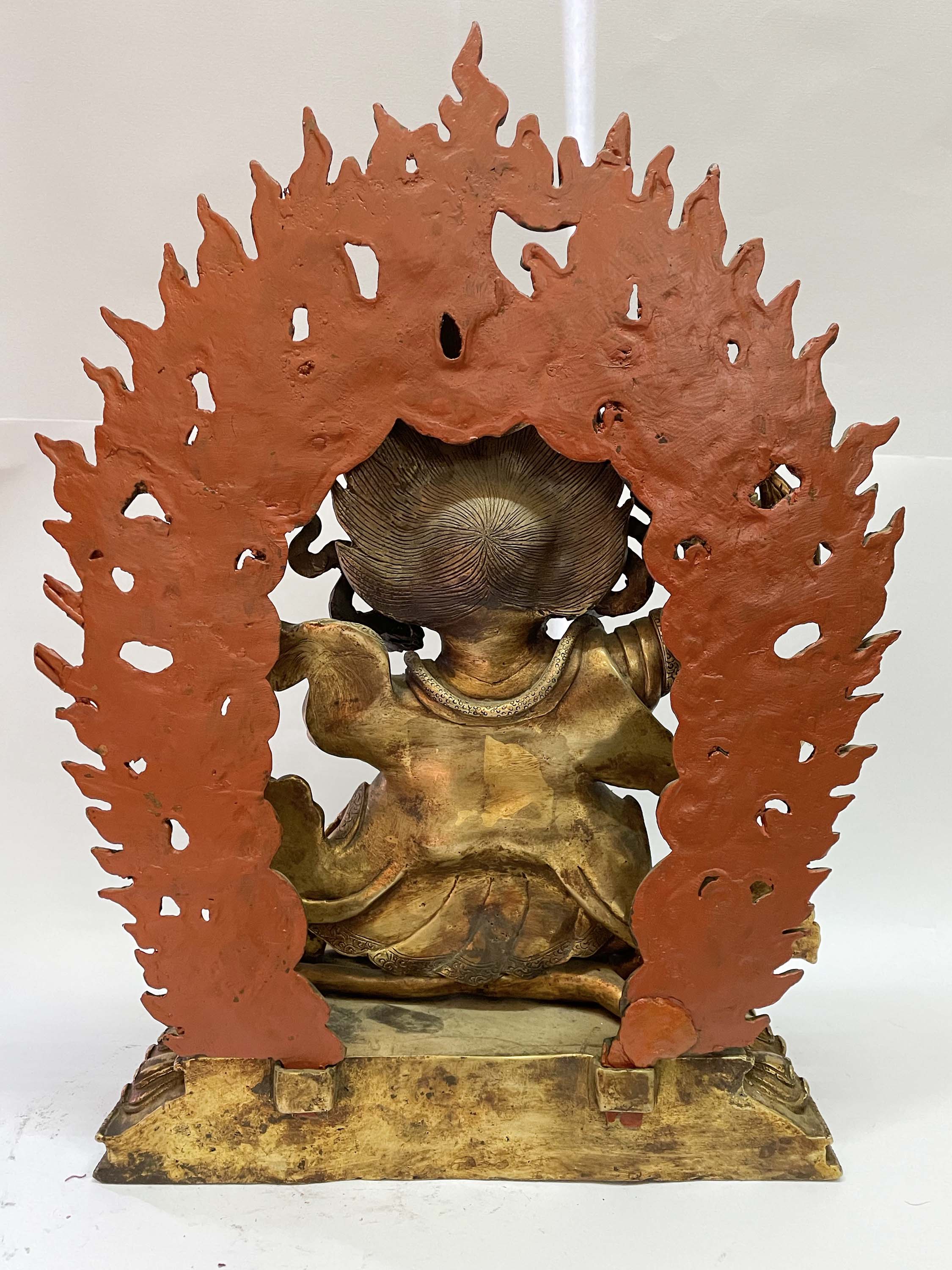
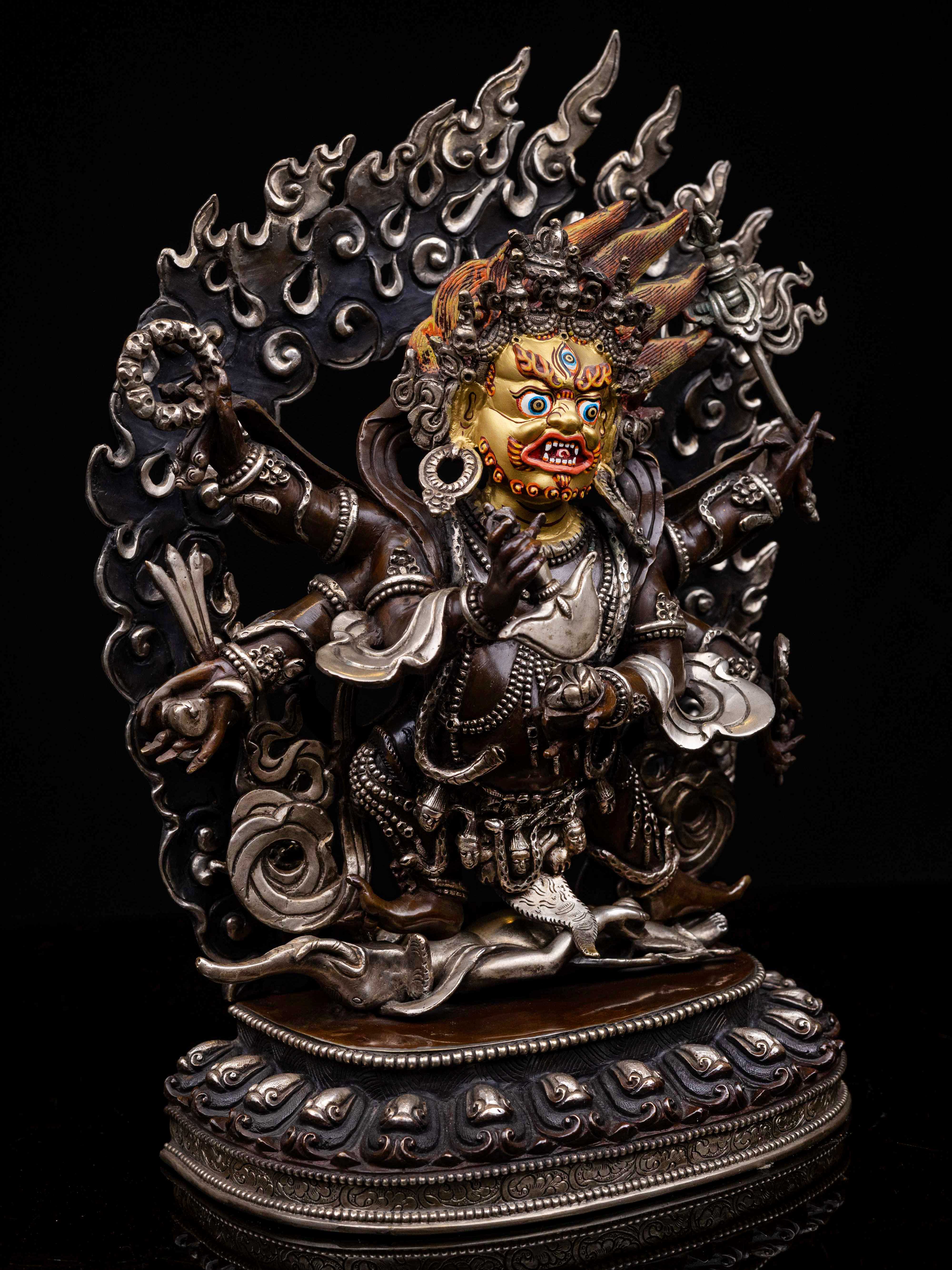 Mahakala Black, Buddhist Handmade Statue,
Mahakala Black, Buddhist Handmade Statue, 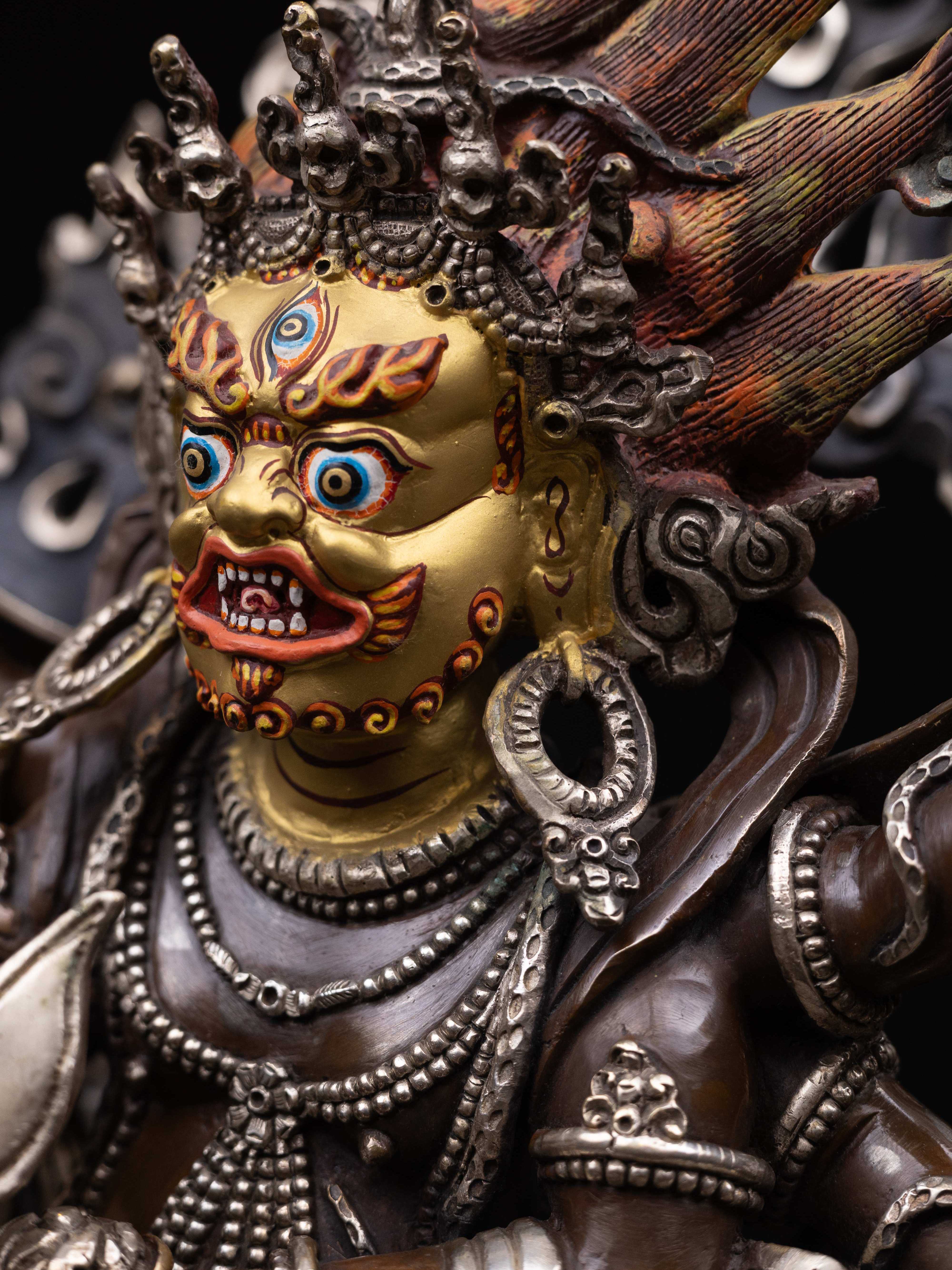 Mahakala Black
Mahakala Black White Mahakala, Buddhist Handmade Statue,
White Mahakala, Buddhist Handmade Statue, 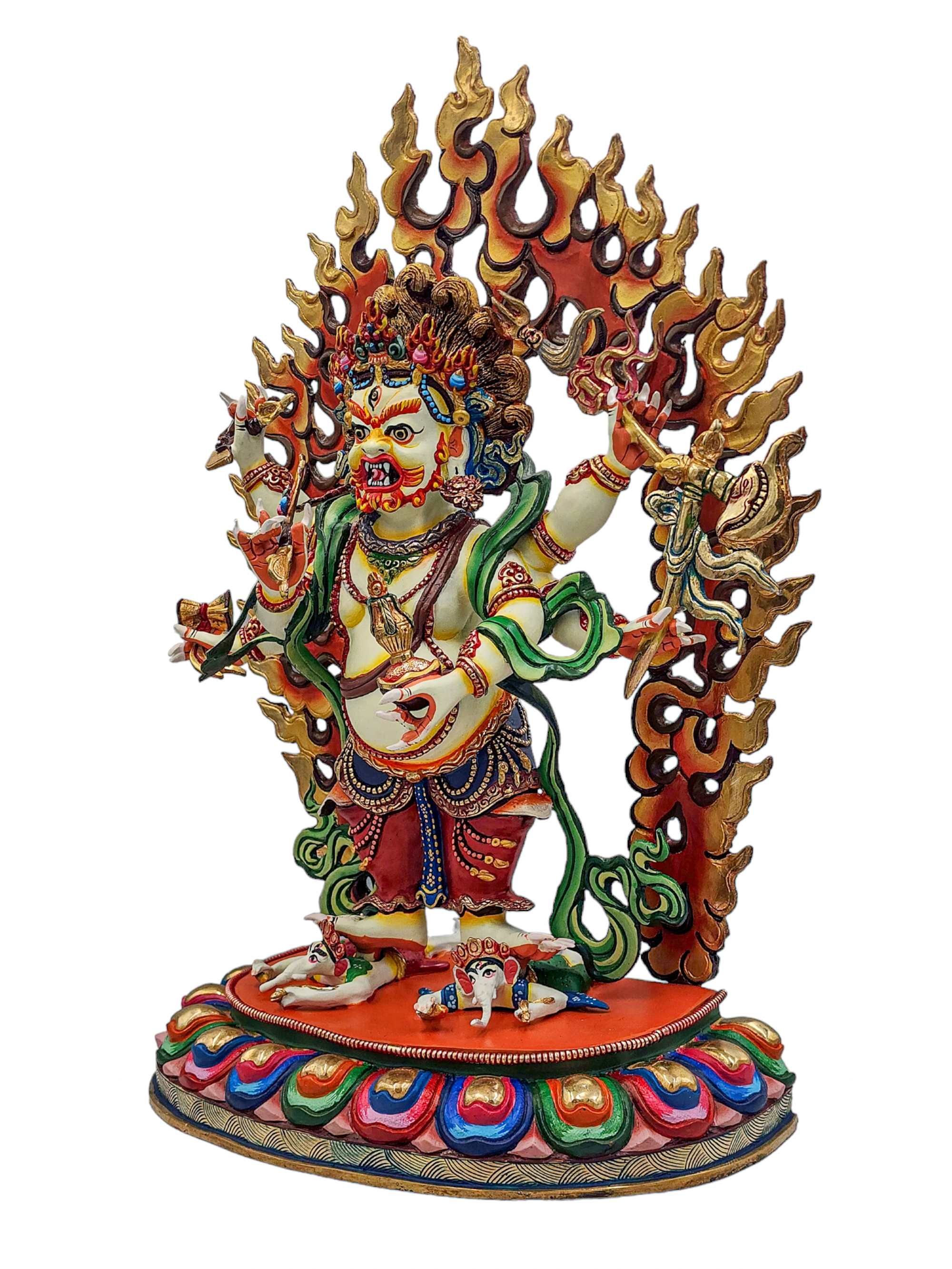 White Mahakala, Buddhist Handmade Statue,
White Mahakala, Buddhist Handmade Statue, 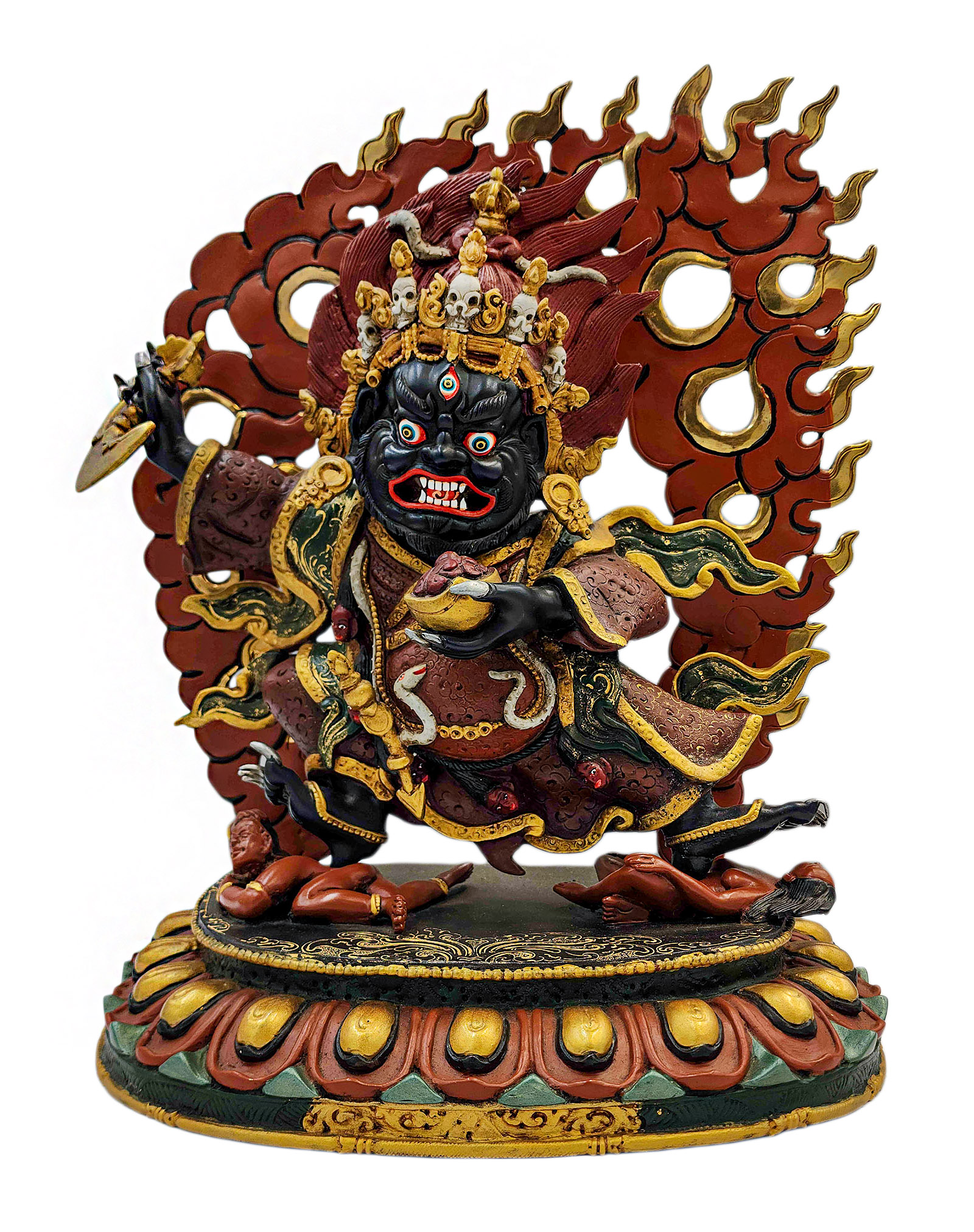 Kajupa, Mahakala, Buddhist Handmade Statue,
Kajupa, Mahakala, Buddhist Handmade Statue, 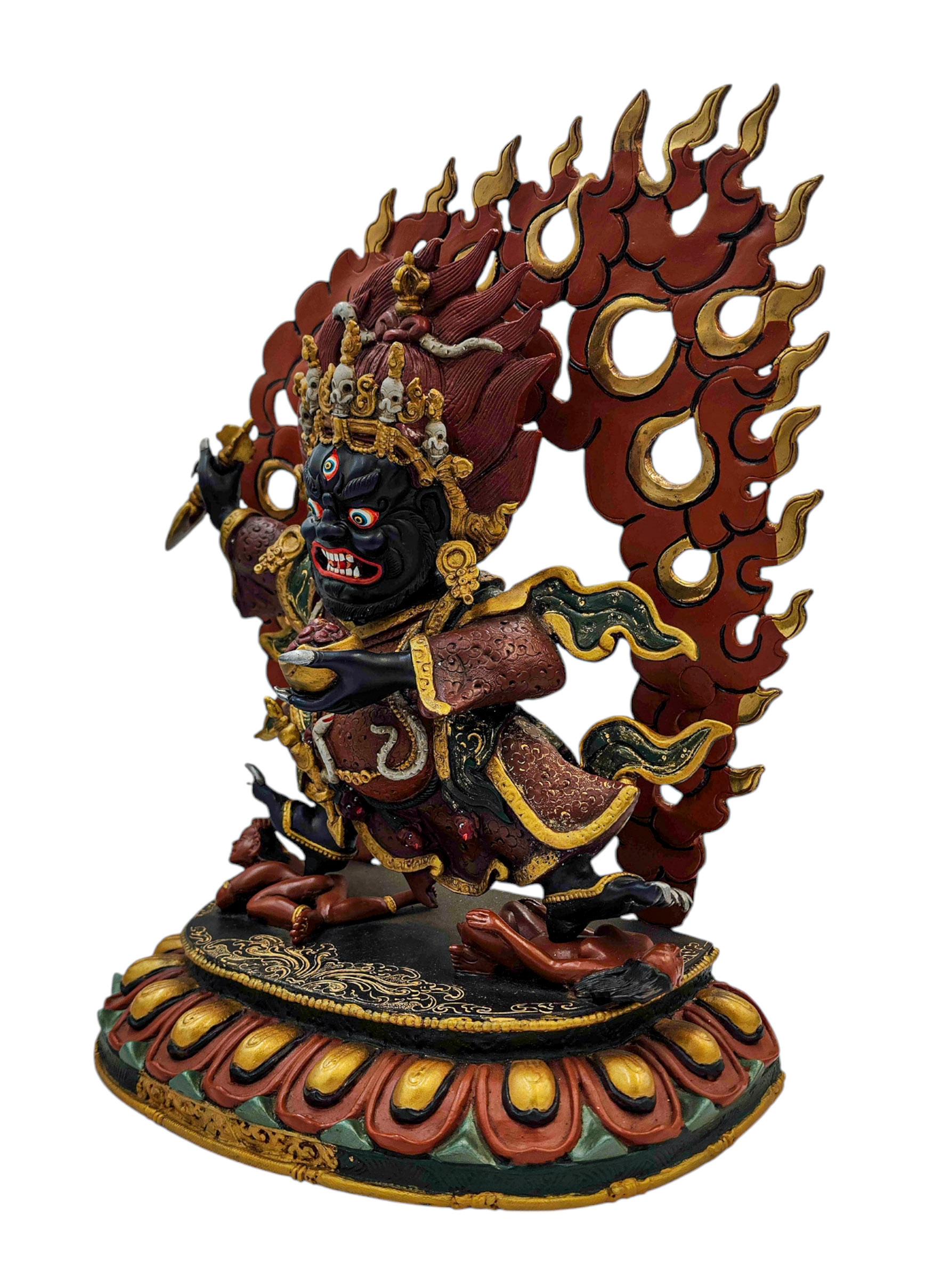 Kajupa, Mahakala, Buddhist Handmade Statue,
Kajupa, Mahakala, Buddhist Handmade Statue,  of
of  of
of 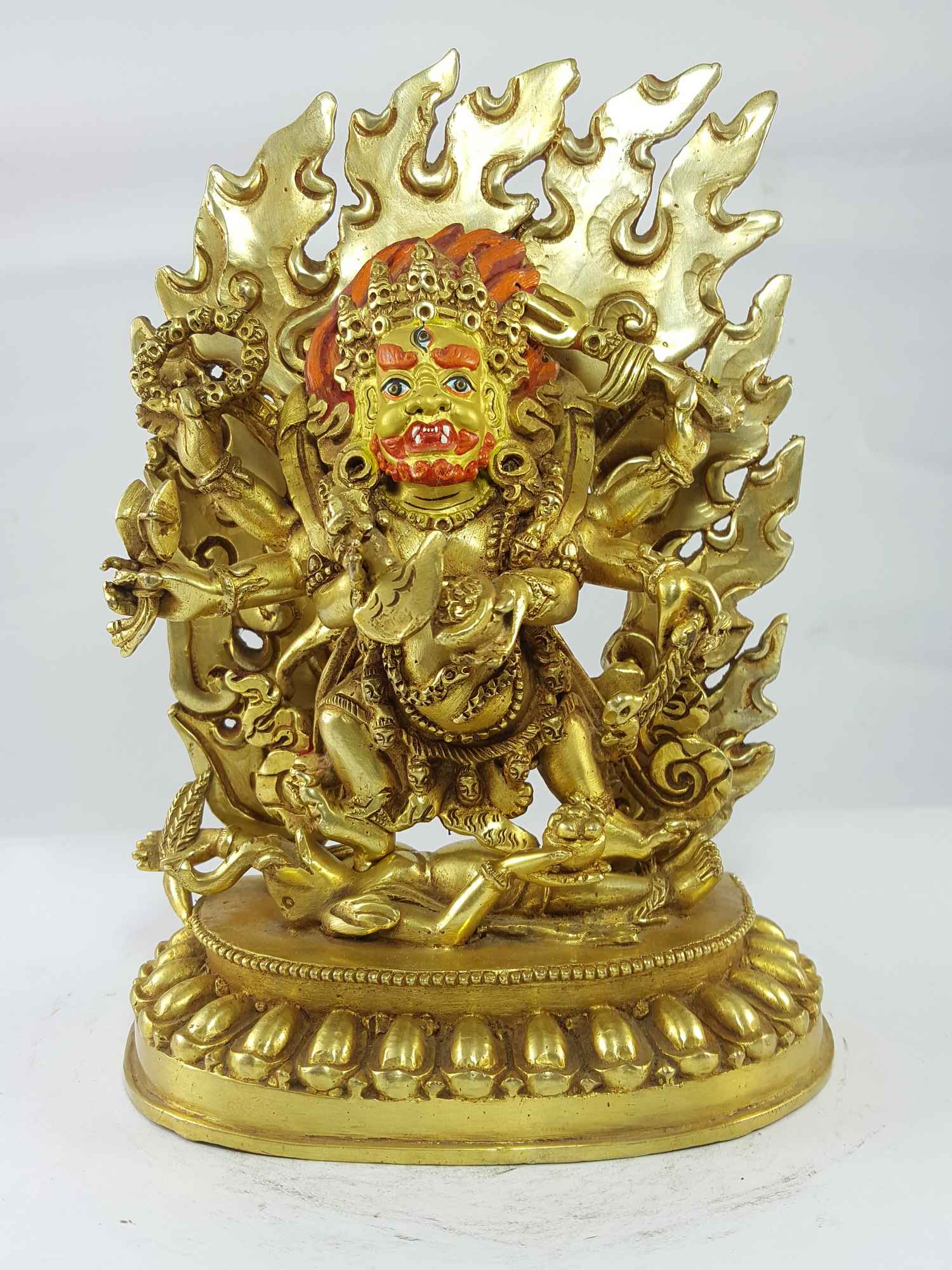 Full Gold Plated,
Full Gold Plated, 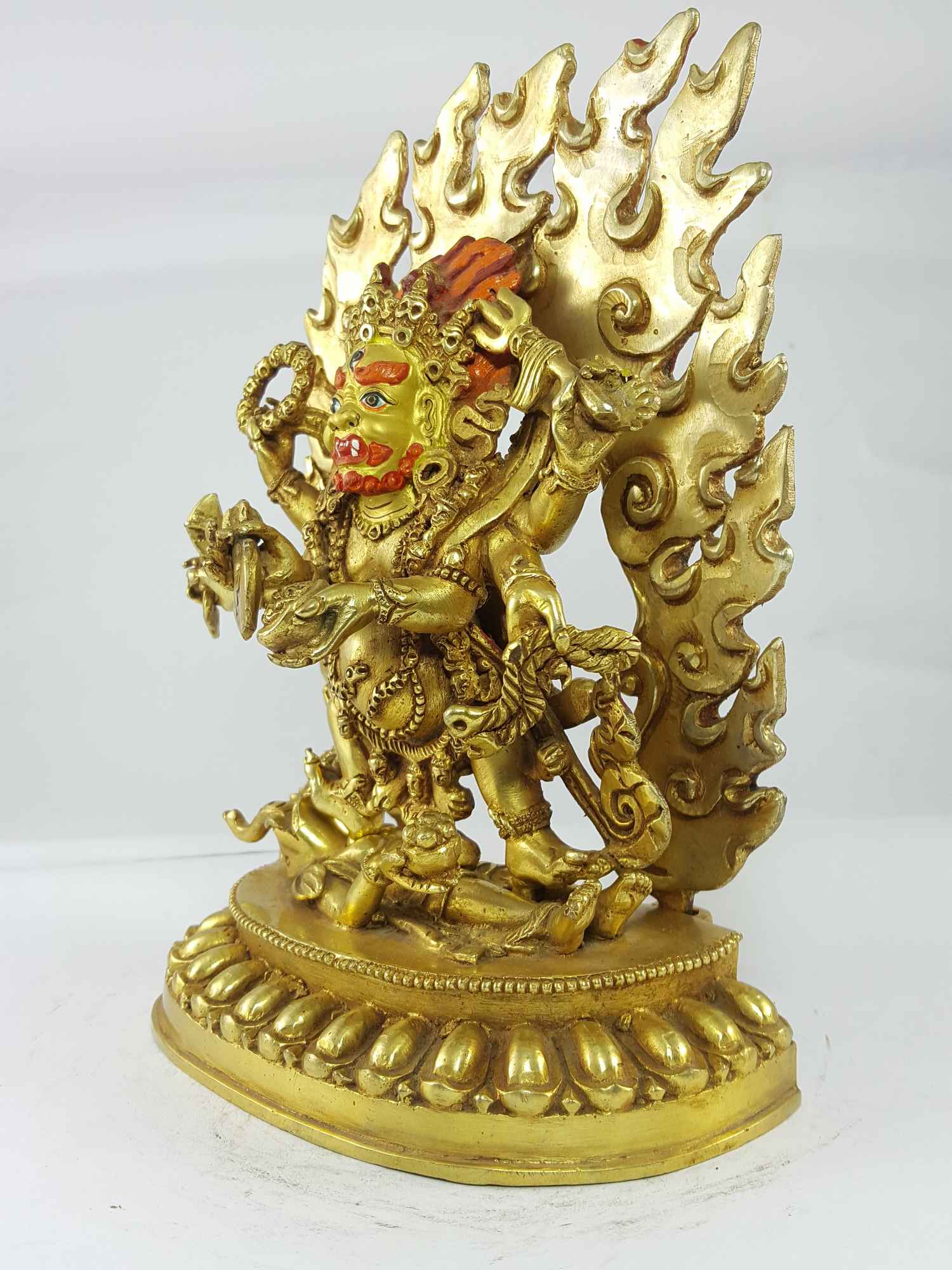 Full Gold Plated,
Full Gold Plated, 
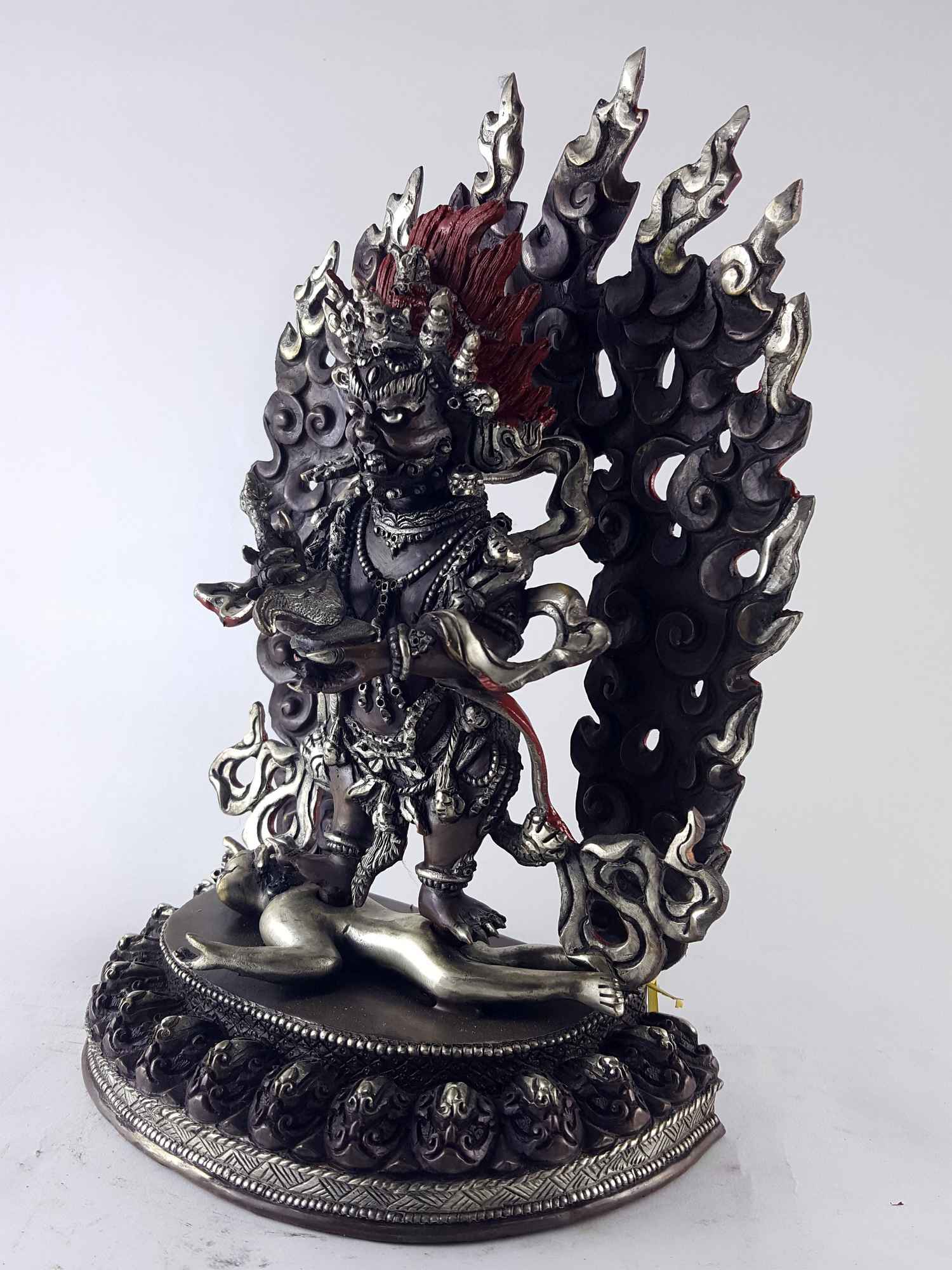
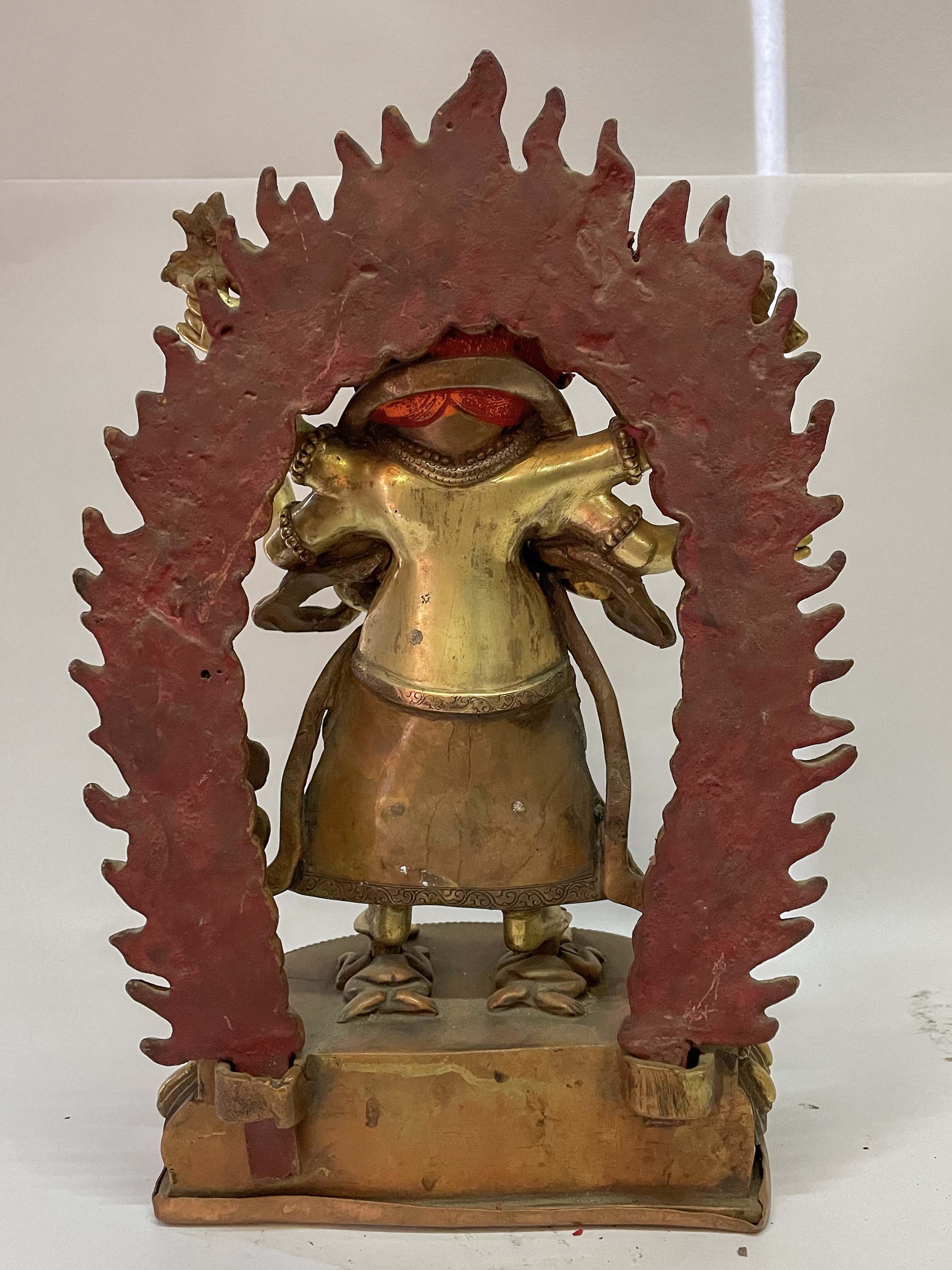 of White Mahakala,
of White Mahakala, 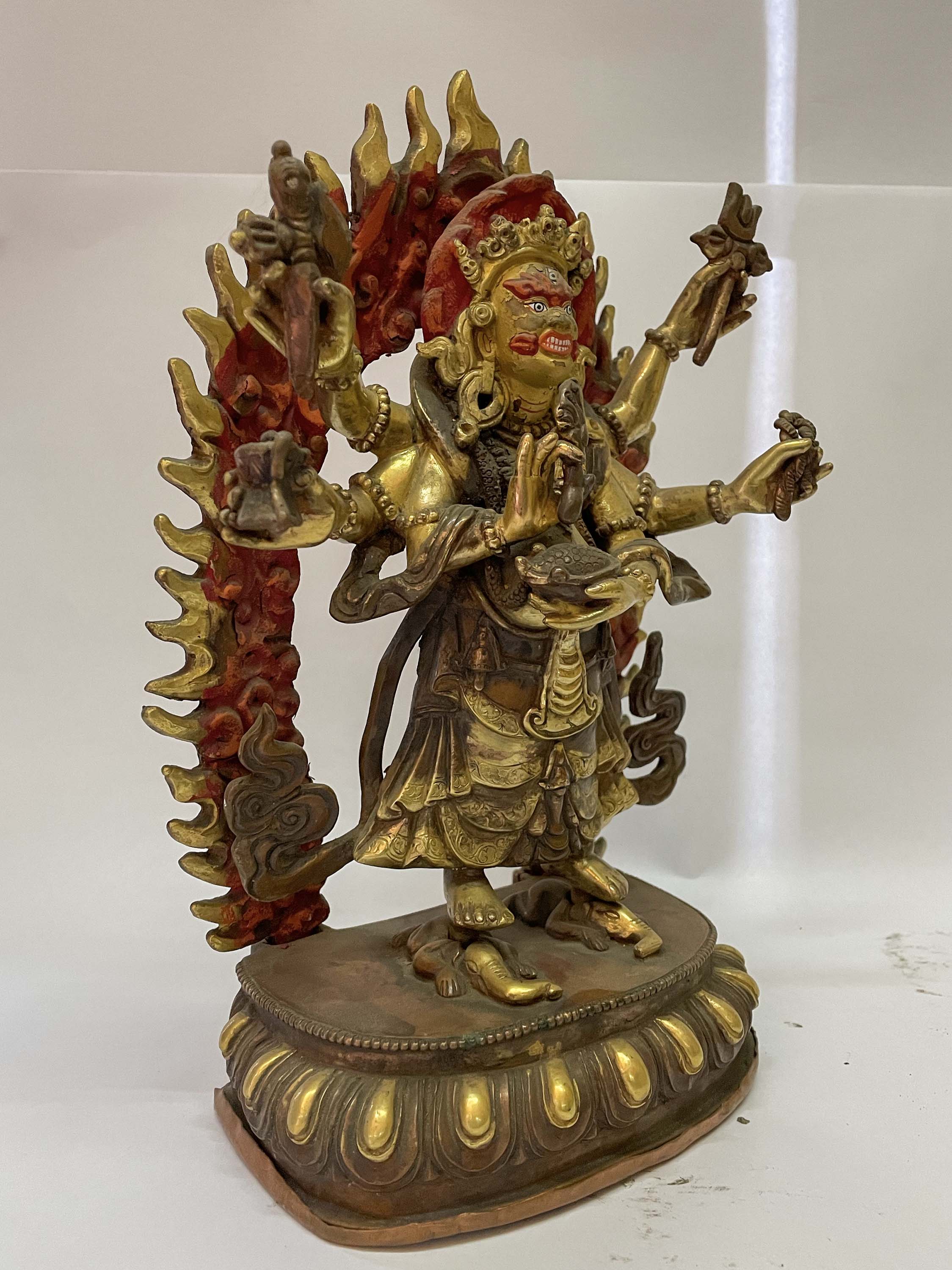 of White Mahakala,
of White Mahakala, 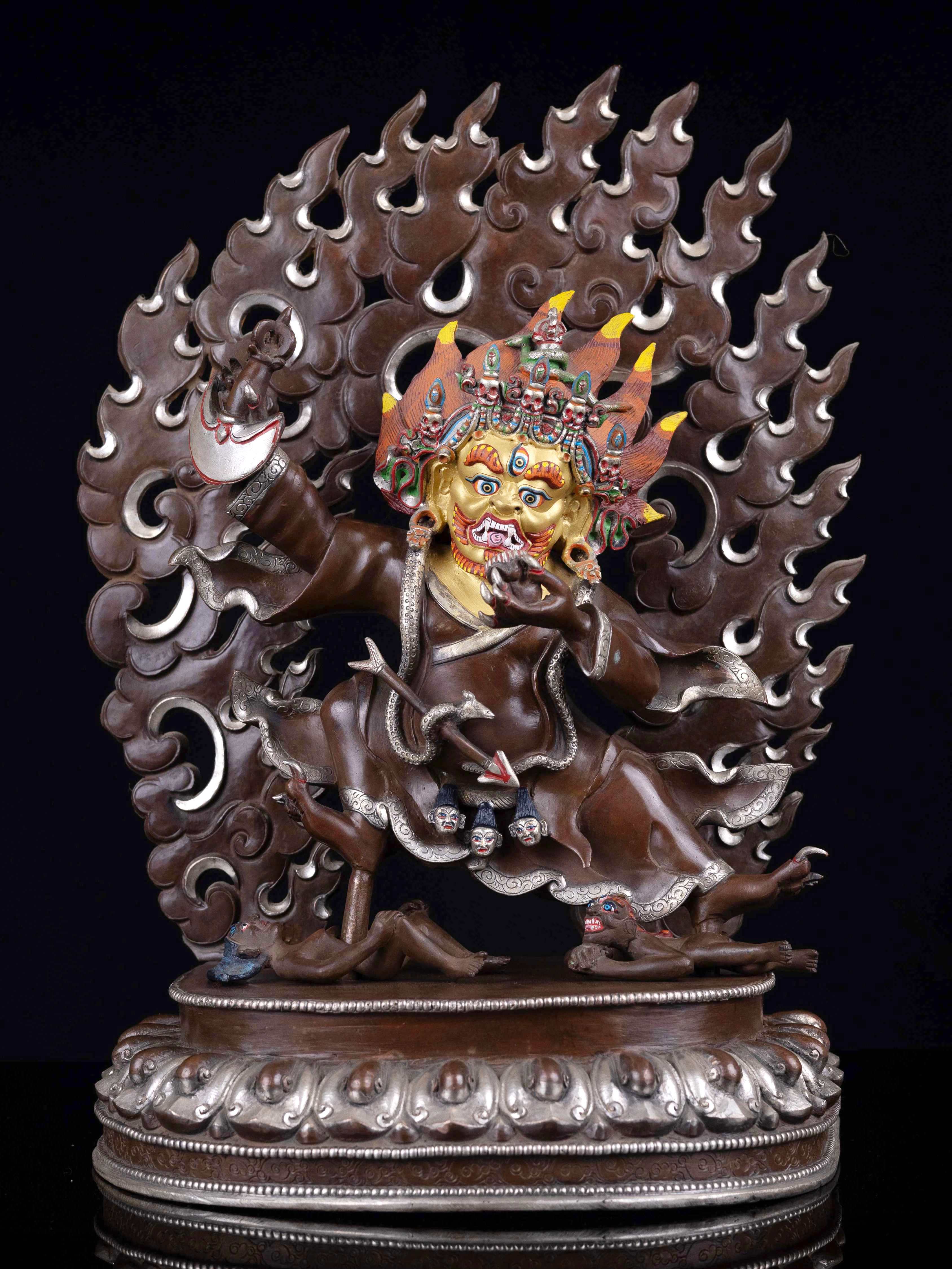 Mahakala Two Arms,
Mahakala Two Arms, 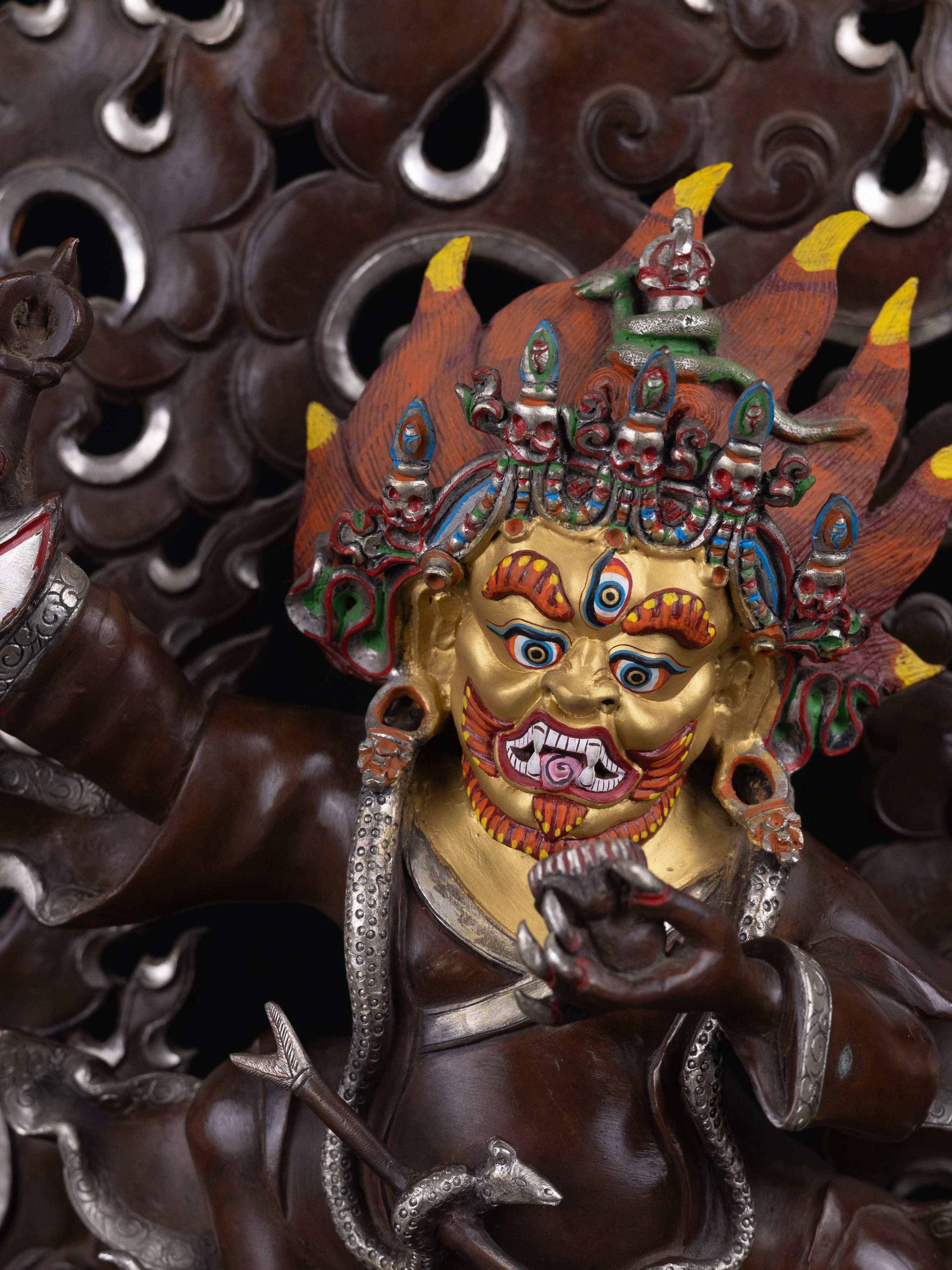 Mahakala Two Arms
Mahakala Two Arms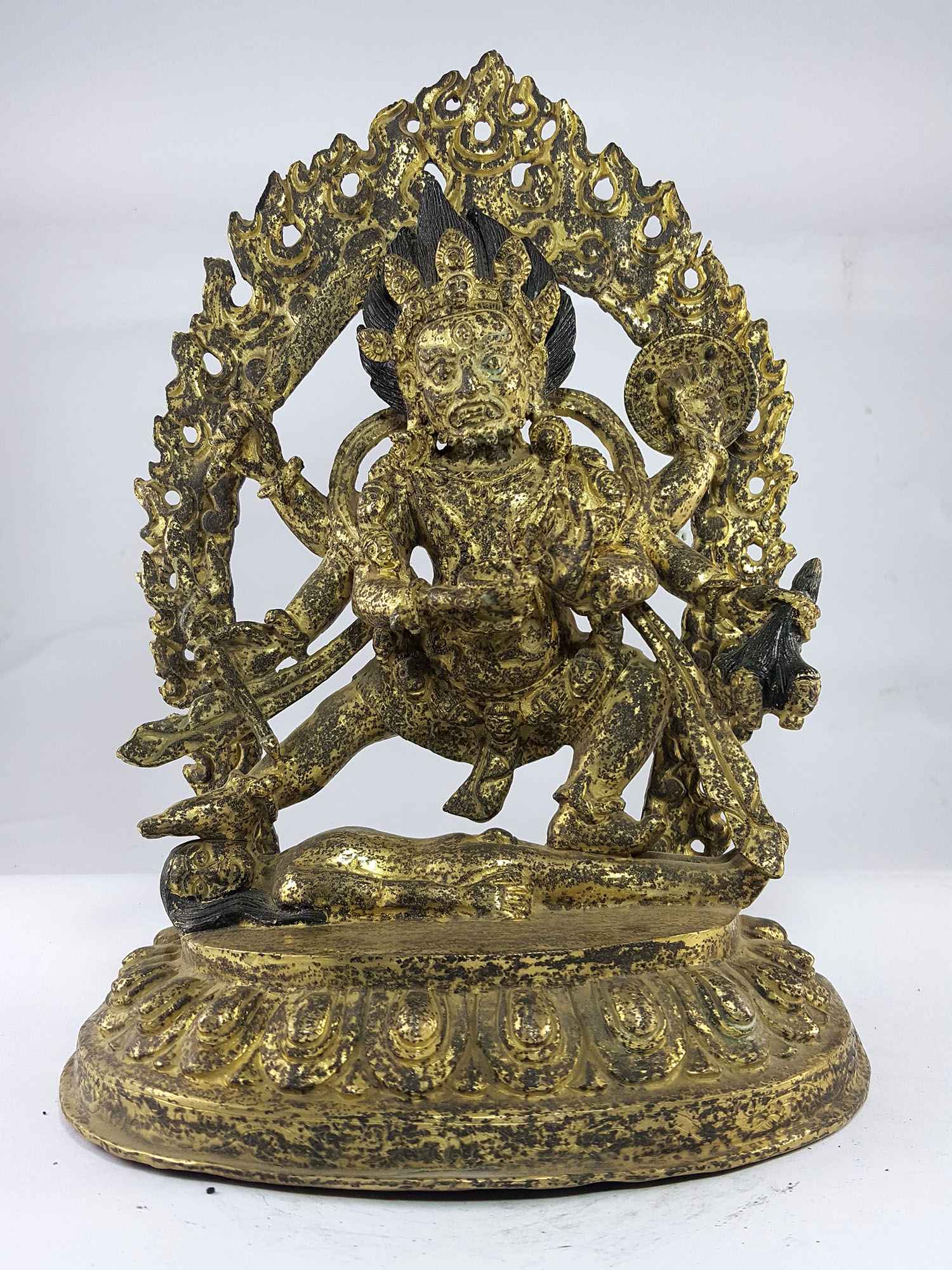 Full Gold Plated,
Full Gold Plated, 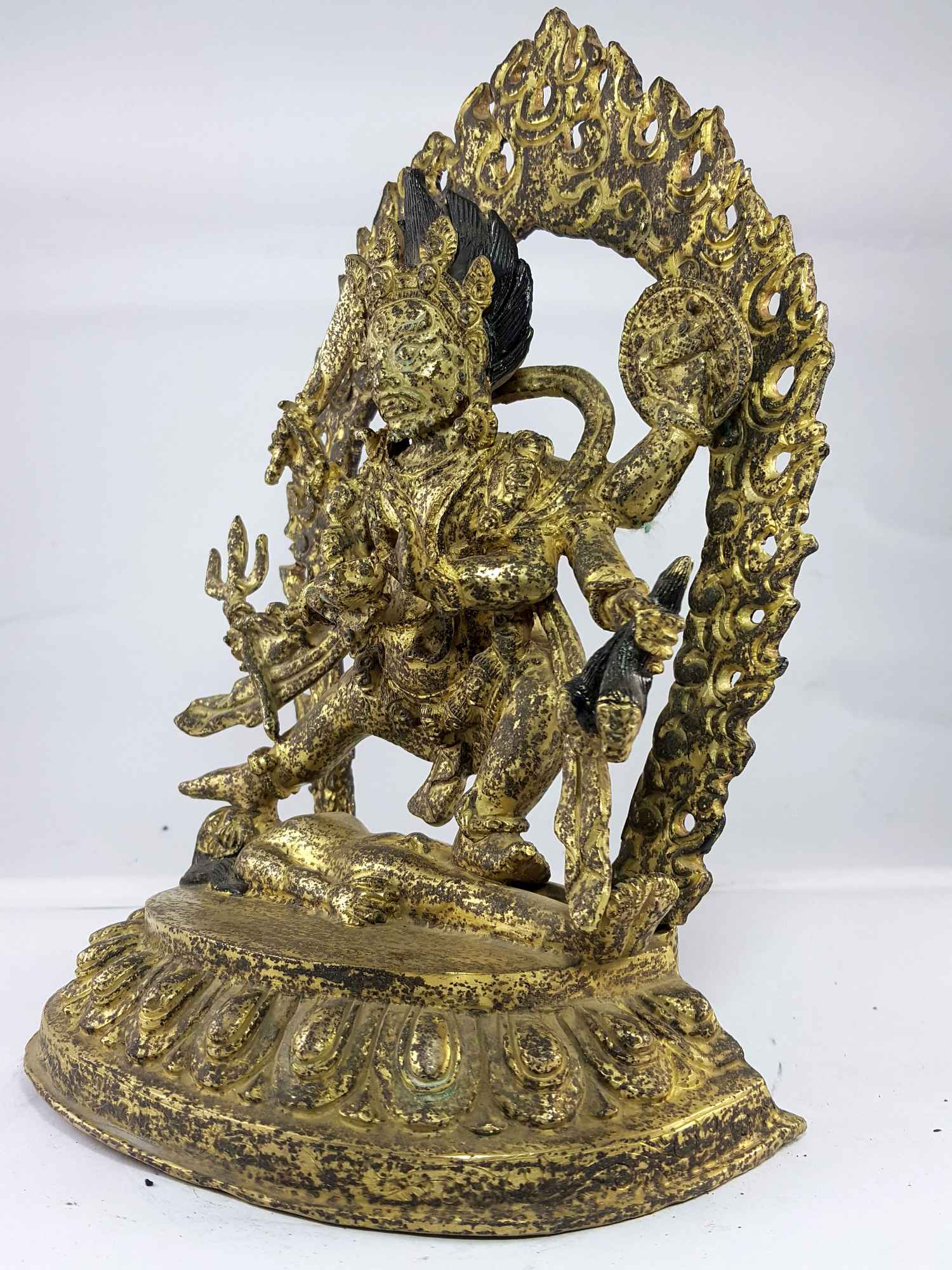 Full Gold Plated,
Full Gold Plated,  of Unique White Mahakala Statue Bronze Finishing" title="Statue
of Unique White Mahakala Statue Bronze Finishing" title="Statue 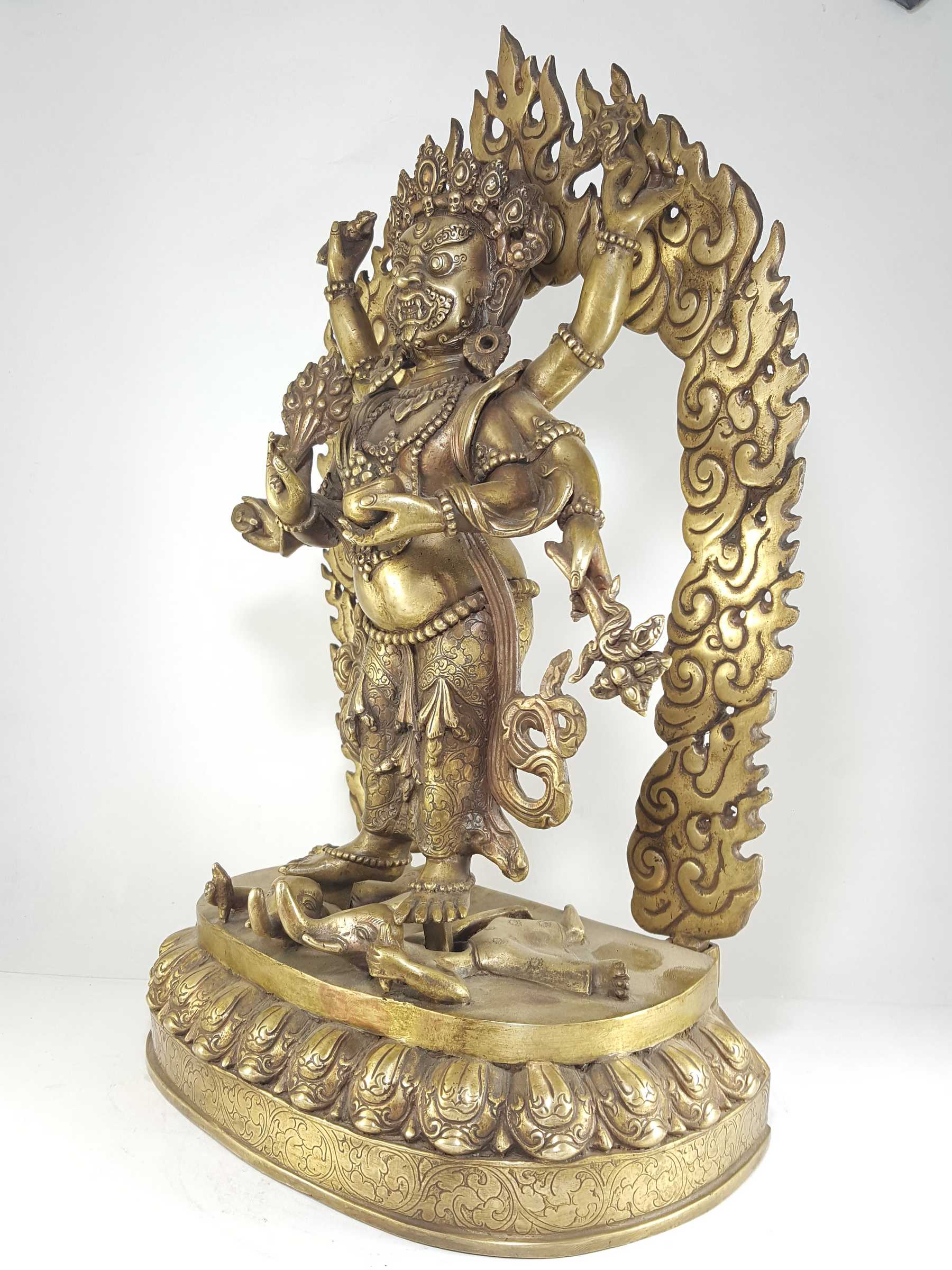 of Unique White Mahakala Statue Bronze Finishing" title="Statue
of Unique White Mahakala Statue Bronze Finishing" title="Statue